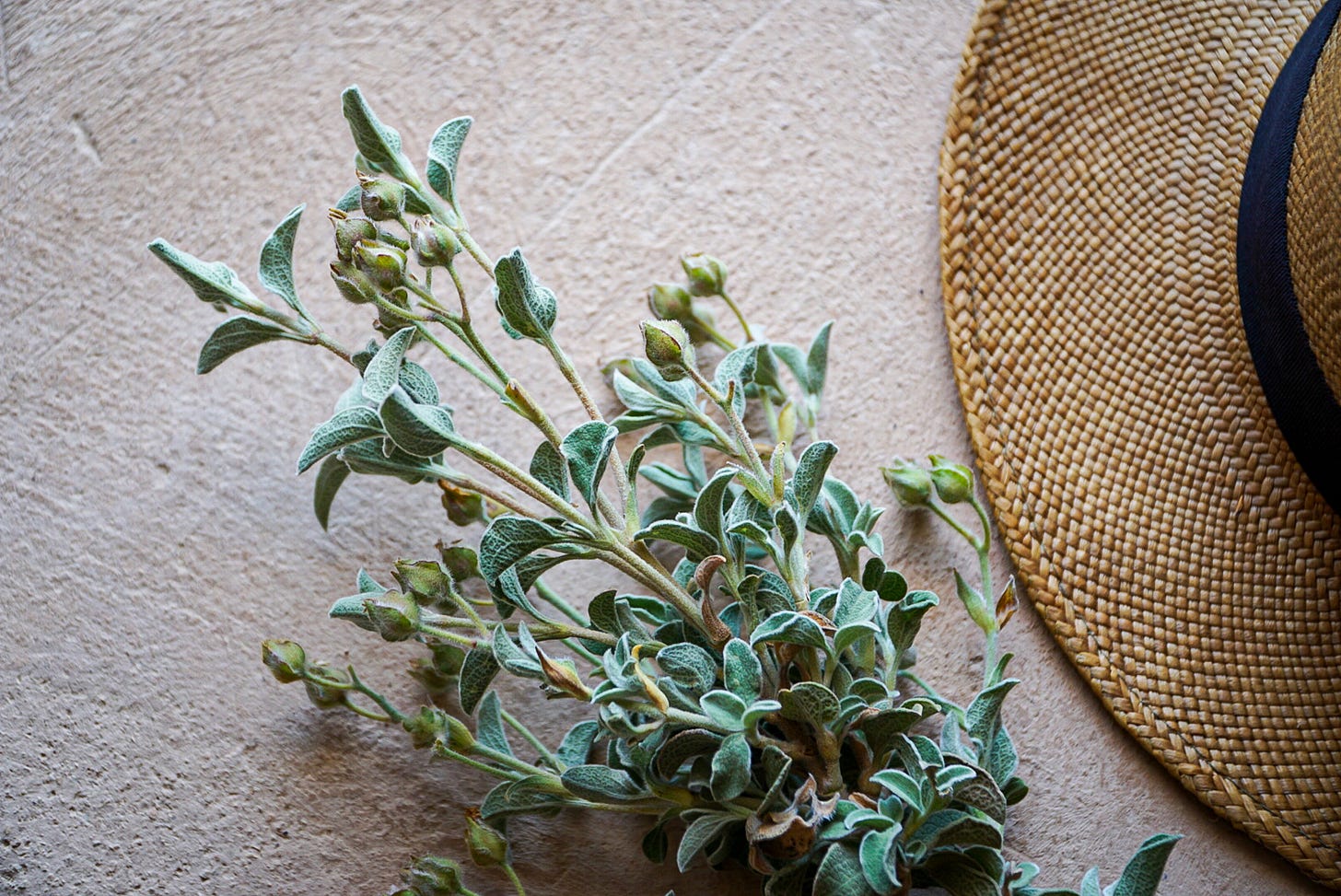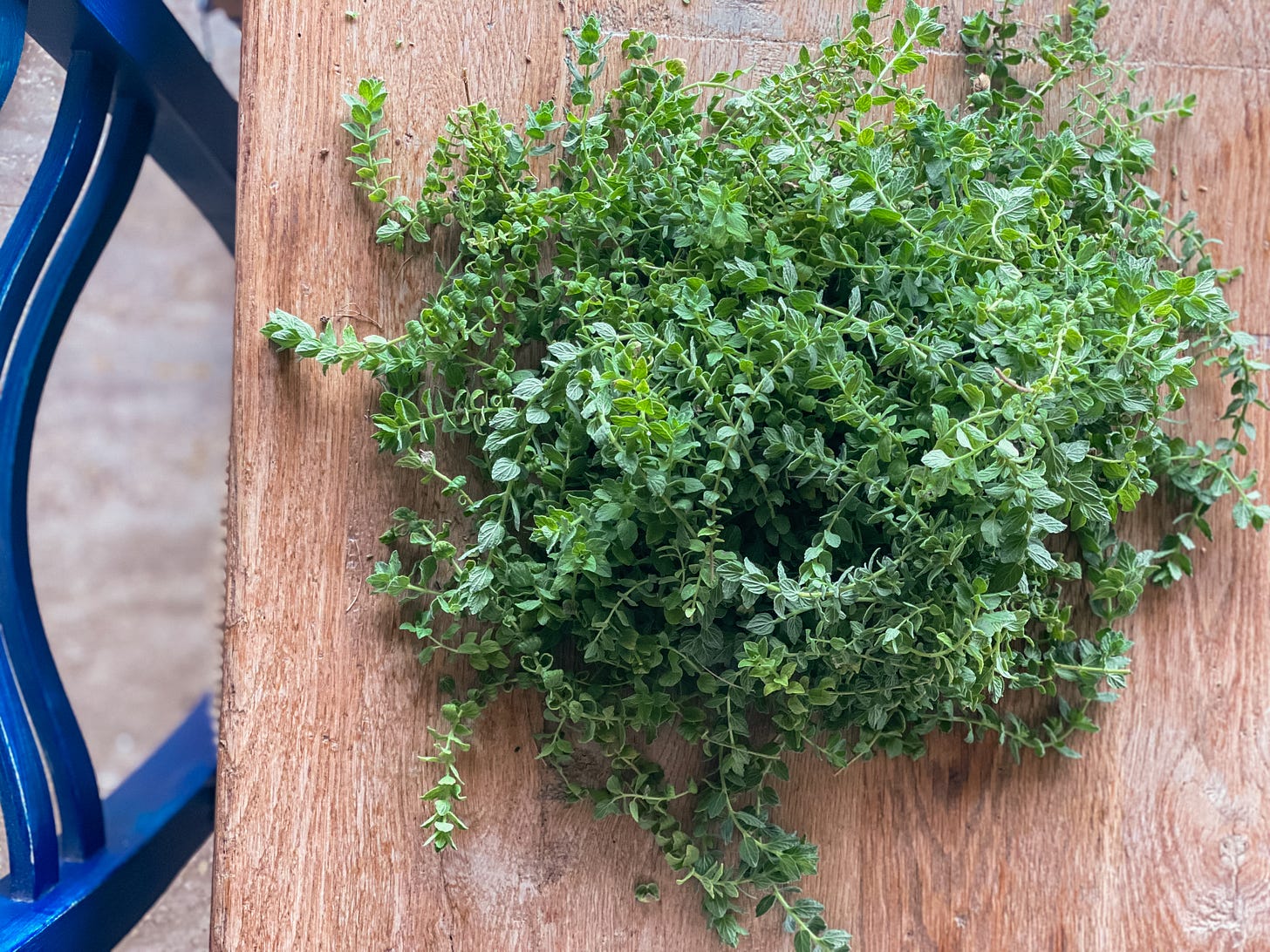Grow Your Own Herbs: A Cook's Quiet Power Move
Fresh flavor, smart storage, and the quiet joy of having mint at your fingertips
Sometimes it only takes a pot of mint by the window to change the way a kitchen feels.
If you cook even a little, this changes things. You season differently. You start tasting more. And there’s a quiet kind of joy in walking outside (or over to the windowsill) and clipping what you need.
This isn’t about gardening. It’s about flavor. It’s about cooking better without trying harder. And maybe feeling just a bit more put-together on a Tuesday.
What follows is not a manual. It’s more like a nudge. A small guide to getting started with herbs—what to grow, how to keep them alive, and what to do when they grow faster than you can keep up.
Because once you start seasoning with your own mint or rosemary, you won’t go back.
Enjoy,
Dilara
There’s something quietly empowering about growing your own herbs. You don’t need much—just a pot or two—and suddenly, the way you cook starts to shift. You season differently. You cook differently.
A pot of rosemary by the window, a handful of mint clipped moments before dinner, lemon verbena steeped into tea at night—these are the quiet habits that build confidence in the kitchen. And they start with soil, sunlight, and a small decision to grow what you actually use.
Growing your own herbs is a low-effort, high-reward move. It’s cheap. It’s easy. And once you start, you stop relying on tired supermarket bunches and start seasoning with intent. That’s the real shift—not just in flavor, but in how you think about food, time, and care.
You don’t need a green thumb. You don’t even need a garden. Just a bit of sun, a pot of soil, and a plant or two that you’ll actually use. When herbs are within reach, you use them more. Your cooking gets brighter and sharper. It’s flavor at your fingertips.
Grow What You Use
Don’t wait for the ideal setup. Start with one herb you like and build from there.
Most herbs like light, but full sun can be too much—especially in hot climates. Morning sun and afternoon shade usually works best. In cooler places, aim for a few good hours of light. Water when the top layer of soil feels dry. That’s it.
Mint, basil, parsley, and oregano are great for beginners. They’re forgiving and quick to bounce back if you miss a watering. Lemongrass and rosemary prefer full sun. Cilantro and parsley struggle in peak summer heat.
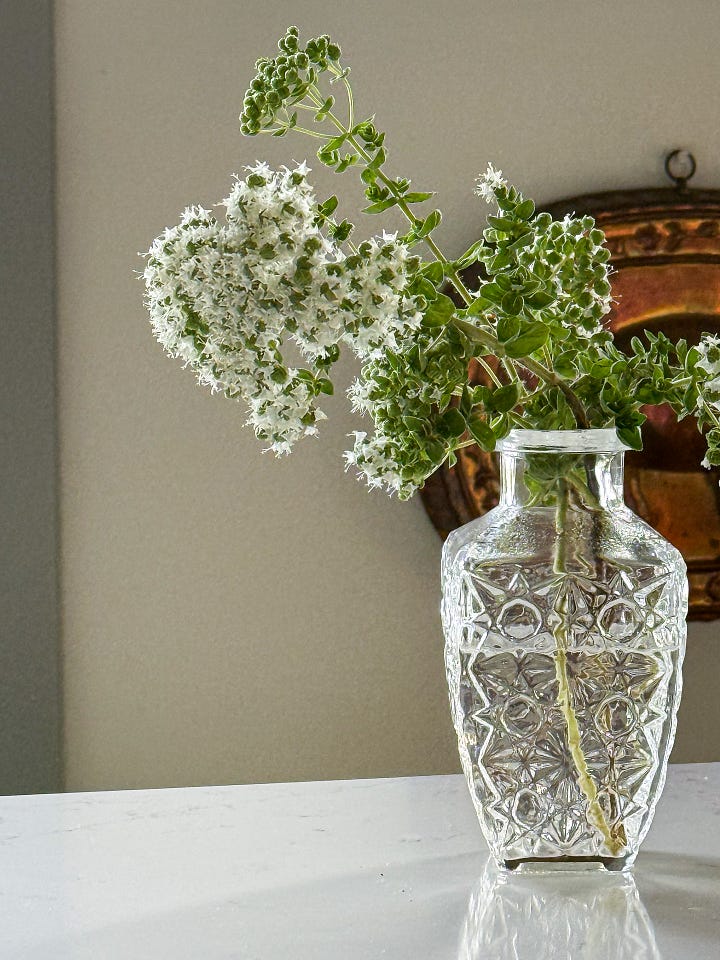
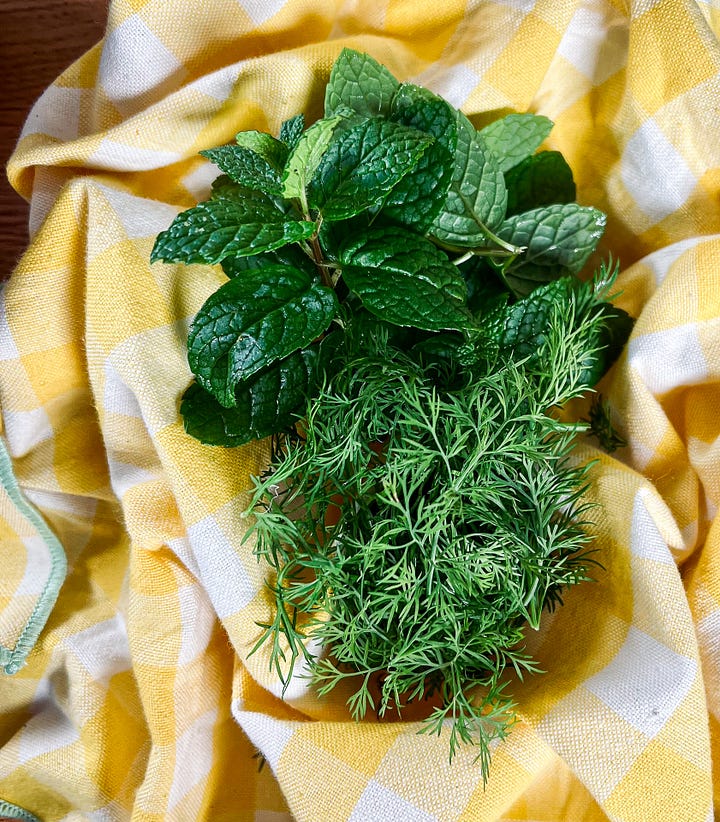
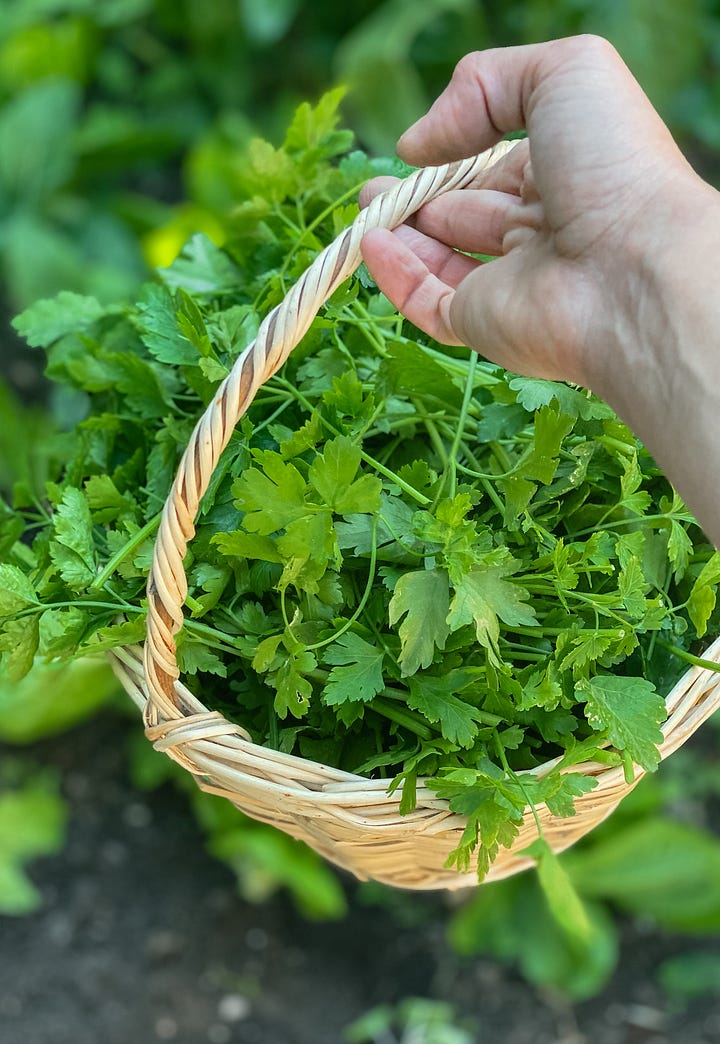
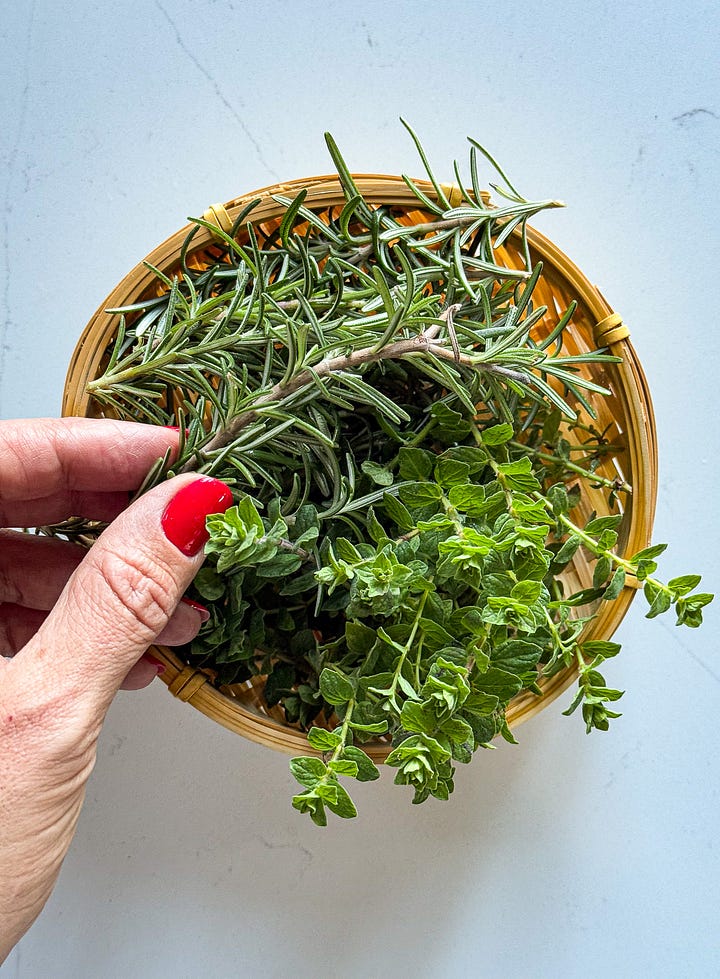
When to Harvest for Flavor
Timing matters. Not all herbs like to be harvested the same way.
Soft herbs—basil, mint, parsley, cilantro—are best picked in the morning, after dew dries but before heat rises. That’s when the oils are strongest. Pick early and often; more harvesting encourages growth. If they flower, pinch the buds to extend the season.
Woody herbs like rosemary, thyme, oregano, and marjoram are slower to grow. Pick them before they flower for the most concentrated flavor. These can usually be harvested well into autumn, depending on your climate.
Tropicals and tender perennials like lemon verbena and lemongrass are more delicate. Harvest when leaves are full and fragrant, usually late summer. In cold climates, bring them inside before frost or harvest and preserve them in advance.
From Garden to Jar
Use herbs fresh when you can. But once the plant is thriving, or the season starts to turn, it’s time to start preserving.
You dry herbs when:
They’re at peak flavor (just before flowering)
You have more than you can use
The season is ending and the plant is about to go dormant
Air-drying is easiest:
Hang small bunches upside down in a dry, shaded place with good air circulation.
Or spread leaves on a towel-lined tray in a warm, dry place—on top of the fridge works well.
To prolong the fresh harvest, pinch off flowers regularly. This encourages new leaf growth and buys you time. But at some point, let them bloom. You’ll get seeds for next season, and most herb flowers are edible. They’re beautiful scattered over salads and spring plates.
Grow More, Share More
Some herbs root easily in water—mint, basil, oregano. Just cut a healthy stem, strip the lower leaves, and place in a glass of clean water. Roots will appear in a few days. Once strong, plant in soil. It also makes a great gift—just clip a rooted stem and place it in a clean jar. Simple, thoughtful, and ready to share.
Lemon verbena is a bit trickier. Some people get it to root, but don’t be discouraged if it doesn’t take.
What to Grow From Seed (and What Not To)
Some herbs—like thyme, rosemary, and oregano—are slow from seed. For most cooks, it’s easier to start with a young plant or cutting.
Others like cilantro, parsley, and basil self-seed if left to flower. Next year, they may surprise you.
Why Latin Matters in the Garden
Cilantro, coriander, Chinese parsley—they’re all Coriandrum sativum. Local names vary. Latin names give you clarity. When in doubt, look for the botanical name. You’ll get what you want.
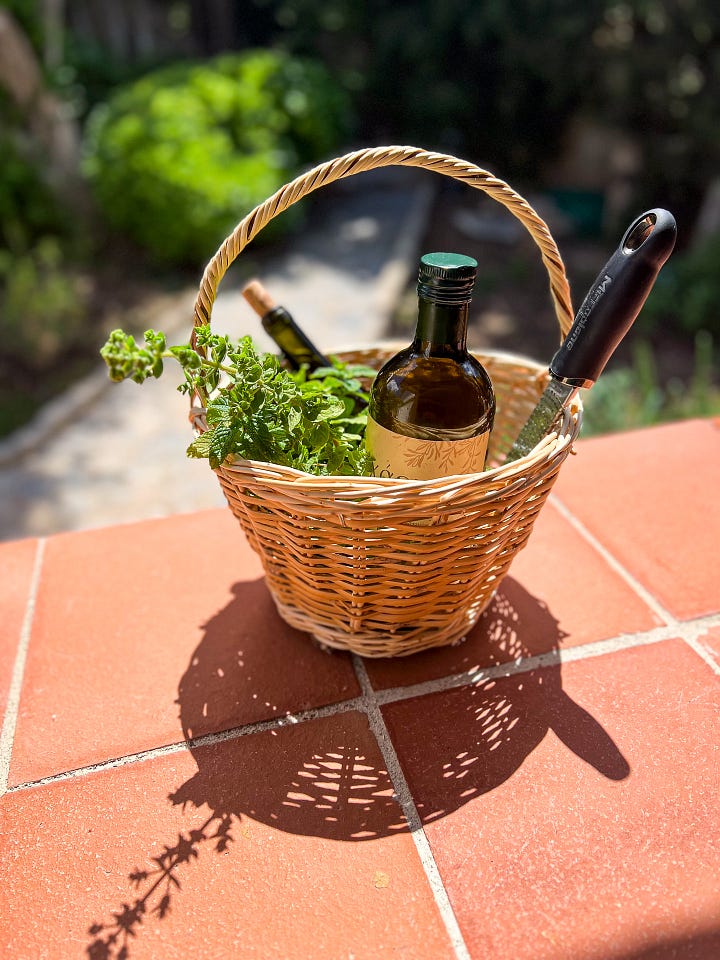
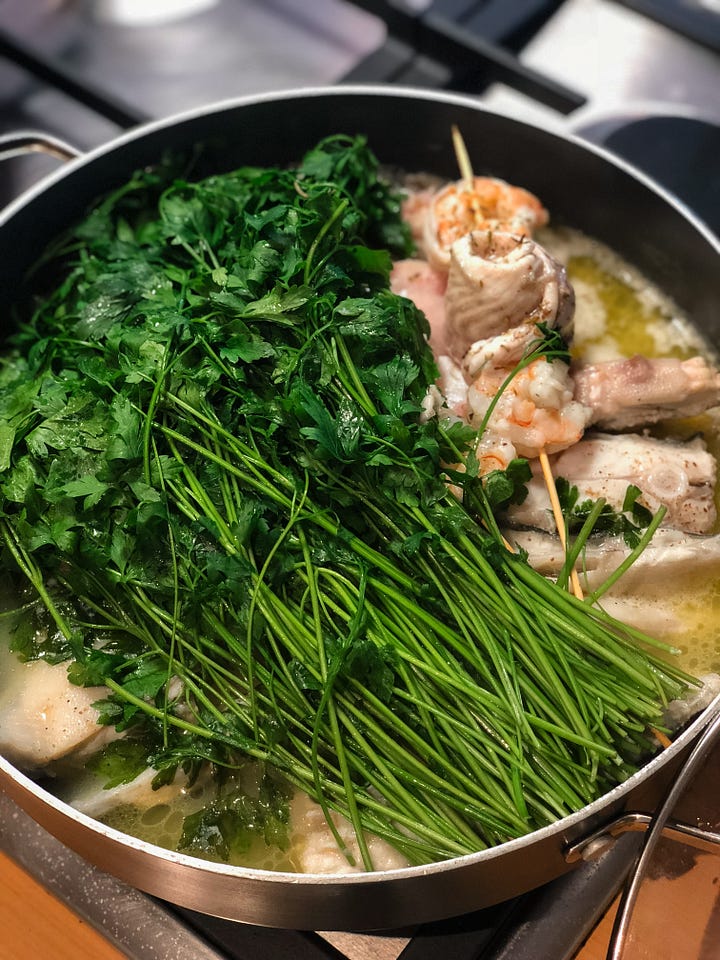
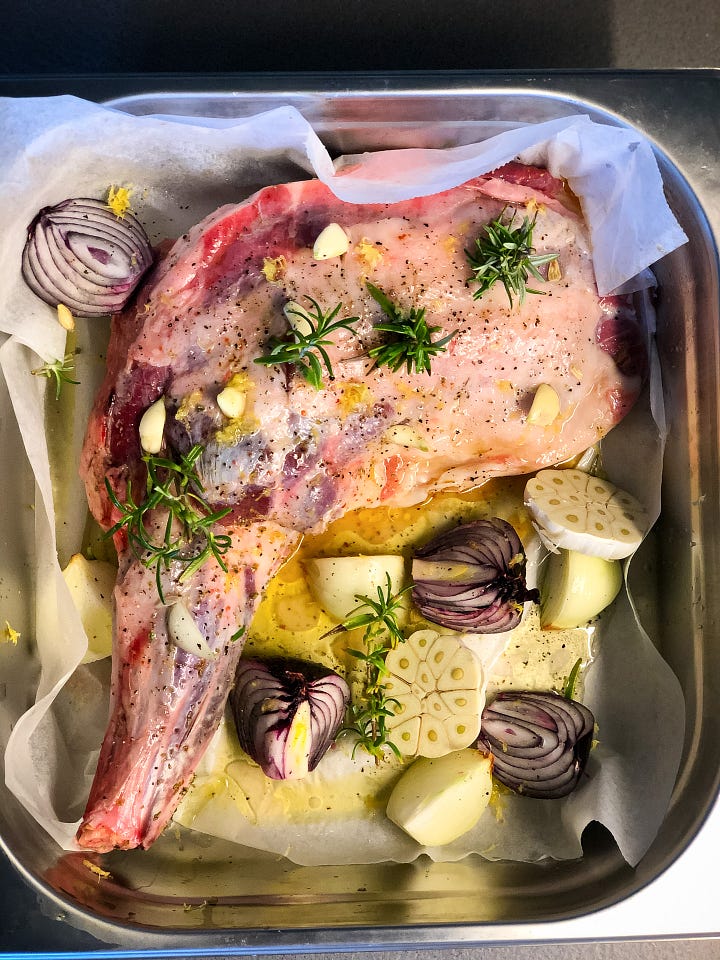
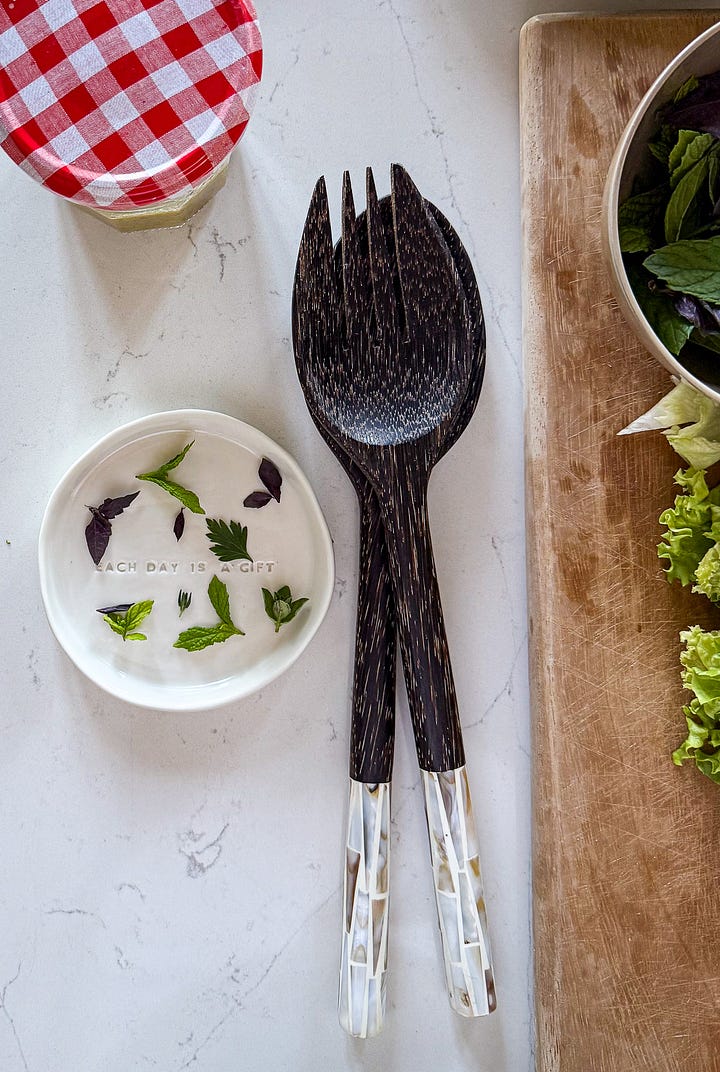
A Cook’s Herb List
Lemon Verbena (Aloysia citrodora)
Calming and citrusy. Excellent for tea, desserts, and sorbets. Fresh leaves can infuse oils and vinegars. Pairs well with peaches, berries, green tea, and honey.
Rosemary (Salvia rosmarinus)
Resinous and bold. Pairs well with: root vegetables, citrus, garlic, lamb, beef, and chicken.
Cilantro (Coriandrum sativum)
Fresh and zesty. Pairs well with: chili, lime, coconut, ginger, shrimp, and fish. Use raw in tacos, grain bowls, and tabbouleh.
Basil (Ocimum basilicum)
Sweet and aromatic. A summer essential. Pairs well with tomato, mozzarella, garlic, lemon, and pine nuts.
Reyhan (Ocimum basilicum var. purpurascens)
Purple-leaf basil. Pairs well with: grilled vegetables, stone fruit, and teas. Traditionally dried for tea. Turns water violet—acts like a natural food coloring.
Parsley (Petroselinum crispum)
Adds freshness raw or cooked. Pairs well with lemon, garlic, butter, mint, grains, eggs.
Lemongrass (Cymbopogon citratus)
Citrusy and sharp. Slice thin for curries or brew for tea. Pairs well with: coconut milk, lime, fish, ginger.
Mint (Mentha spp.)
Cooling and bold. Pairs well with: yogurt, cucumber, peas, citrus, summer fruits. Use in teas, salads, sauces, and sweets.
Marjoram (Origanum majorana)
Delicate and floral. Underrated. Pairs well with: poultry, root vegetables, white beans.
Oregano (Origanum x majoricum)
A hybrid that holds up well dried. Pairs well with: tomato, feta or Turkish beyaz peynir, garlic, beef, lamb, chicken.
Thyme (Thymus vulgaris)
Quietly essential. Pairs well with lentils, potatoes, onions, wine, chicken, mushrooms, and duck.
Sweet Geranium (Pelargonium graveolens)
Fragrant and floral. Pairs well with cakes, sorbet bases, lemon, and strawberries. Use leaves to infuse teas, syrups, and custards.
Dill (Anethum graveolens)
Pairs well with: cucumber, yogurt, lemon, mustard, salmon, eggs, and cream cheese.
Sage (Salvia officinalis)
Earthy and slightly peppery, with a soft, velvety leaf. Pairs well with: brown butter, pumpkin, potatoes, pasta, beans, and rich meats like pork or duck. Especially good when fried until crisp and scattered over dishes.
You don’t need to master every herb. Just grow one. Something you’ll actually use. Once you taste that first clipping—still warm from the sun—you’ll understand. Cooking becomes easier. More intuitive. You get closer to the ingredient, and the food follows.
It will become your quiet power move. A pot of mint. A jar of lemon verbena. A smarter kitchen, one leaf at a time.



